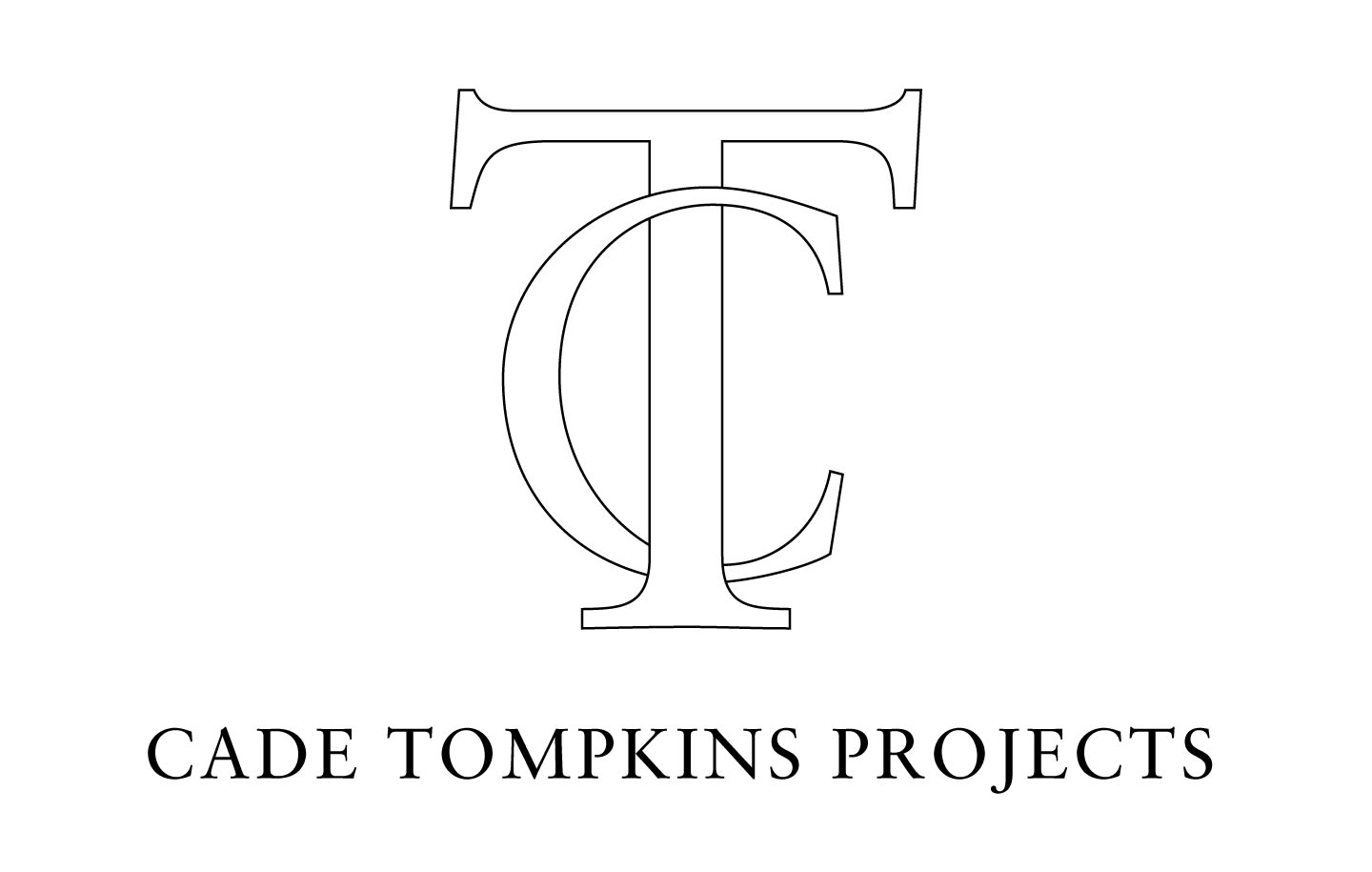Dean Richardson’s work sits squarely in the tradition of contemporary art making and this exhibition is a tribute to his legacy as an artist with a deep dedication to craft and spiritual narrative. As a cultural commentator who demonstrates his academic agency through form and subject, it is evident in such works as Chief Gall 1989, that there is a reference to the democratization of a cultural competency that seeks to celebrate indigenous culture by recognizing the spirituality of his subjects. Dean’s aesthetic is not that of the colonizer but one of cultural reverence. - Ari Montford, Mashantucket Pequot
Cade Tompkins is pleased to present an exhibition of paintings that span the career of painter Dean Richardson. Cade Tompkins Projects invited two Native American artist/educators to write response reflections to the work dating from the mid 1990s to 2010. These voices add important comments and insightful understanding of the paintings.
Our guest critics are Ari Montford, Mashantucket Pequot and Assistant Professor, Montserrat College of Art and Lorén Spears, Narragansett Nation, Executive Director of the Tomaquag Museum. Ari Montford wrote an essay which may be read in full below. Lorén Spears contributed first impressions on many of the works including the paintings depicting Native Americans, baseball players, American legends, and wildlife animals of Eastern Africa. The responses are viewed on the wall labels of each painting. We are enormously grateful to both Ari Montford and Lorén Spears for their generous contribution to the exhibition. Additionally, a magnificent sculptural work by Ari Montford, entitled Indigenous Trauma 2021, sits proudly as an adjudicator within the Richardson exhibition.
~~~~~~~~~~~~~~~~~~~~~~~~~~~~~~~~~~~~~~~~~~~~~~~~~~~~~~~~~~~~~~~~~~~~~
The following essay was written by
Ari Montford, AB, MA, MFA
Mashantucket Pequot
Assistant Professor, Montserrat College of Art
“Dean Richardson's work is well represented in many significant collections around the country reflecting his diverse subject matter and interests. This exhibit is focusing, in part, on Dean’s representation of indigenous peoples and specifically an interest which seemingly turns to a dedicated depiction of a universal spirituality. This appears to serve as an underpinning of the works exhibited.
This direction has an aesthetic that continues to explore his interests in picture making expressed through well-formed compositional narratives. It is further evident that his compositional elements are strongly indicative of a controlled drama which plays out in the work. Compositions which are accentuated by his employment of oil paintfurther demonstrates his virtuosity in the manipulation of the material.
In works as the High Back Canoe, 1989, the paintings are not didactic or static but seem to evoke a presence for the viewer to share in. We do not appear as observers but rather participants in the work.
Dean Richardson’s work sits squarely in the tradition of contemporary art making and this exhibition is a tribute to his legacy as an artist with a deep dedication to craft and spiritual narrative. As a cultural commentator who demonstrates his academic agency through form and subject, it is evident in such works as Chief Gall 1991, that there is a reference to the democratization of a cultural competency that seeks to celebrate indigenous culture by recognizing the spirituality of his subjects. Dean’s aesthetic is not that of the colonizer but one of cultural reverence.
What you are presented with here is an architecture of color and representation of form depicting a relationship with the “sitter” and the composition. Dean manages to transform our view of indigenous people through his successful artistic expressions which play out in his studio practice, as we are meant to discover in this exhibition curated by Cade Tompkins. The painting Shaman is breathtakingly beautiful on many levels.
Historically Dean is connected to such Indigenous painters as R. C. Gorman and others who represent a framework for a cultural voice. This is important to note that Indigenous artists have certainly created similar imagery and Richardson is not trying to be a James Luna or a Wendy Red Star - two contemporary indigenous artists whose studio practices seek to engage in the existing social justice inequities of natives. But true to form Dean effectively delivers a shared spirituality in these works with his native counterparts.
It is here Richardson unveils an authenticity thus resulting in an agency of belonging. This seems to exist and has provided an entree or doorway into the experience of Native Americans. Similarly, he has accomplished this with baseball players and other subjects. However, what seems to be prevalent in these examples of indigenous peoples is a real sense of color and form which says who they are. These works leave the viewer with a sense of elevation and are thus revelatory to the experience that the artist appears to want all of us to share in.”
~~~~~~~~~~~~~~~~~~~~~~~~~~~~~~~~~~~~~~~~~~~~~~~~~~~~~~~~~~~~~~~~~~~~~~
Dean Richardson studied at the Newark Academy of Fine Arts, Rhode Island School of Design, Providence, Brooklyn Museum School, and Hochschule fur Bildende Kunst. Richardson received the Max Beckman Memorial Scholarship to the Brooklyn Museum School (1956-57); a Fulbright Scholarship, Berlin, Germany (1957-58); a Guggenheim Fellowship (1962); and a Mellon Grant (1986). Dean Richardson was an influential Professor of Painting at the Rhode Island School of Design from 1959-1994.
Dean Richardson’s work has been exhibited at the Whitney Museum of American Art, The Butler Institute of American Art, the Boston Institute of Contemporary Art, and the National Academy of Arts and Letters. Notable collections include the Whitney Museum of American Art, DeCordova Museum, Fuller Craft Museum, the National Baseball Hall of Fame and Museum, and the Farnsworth Art Museum.


